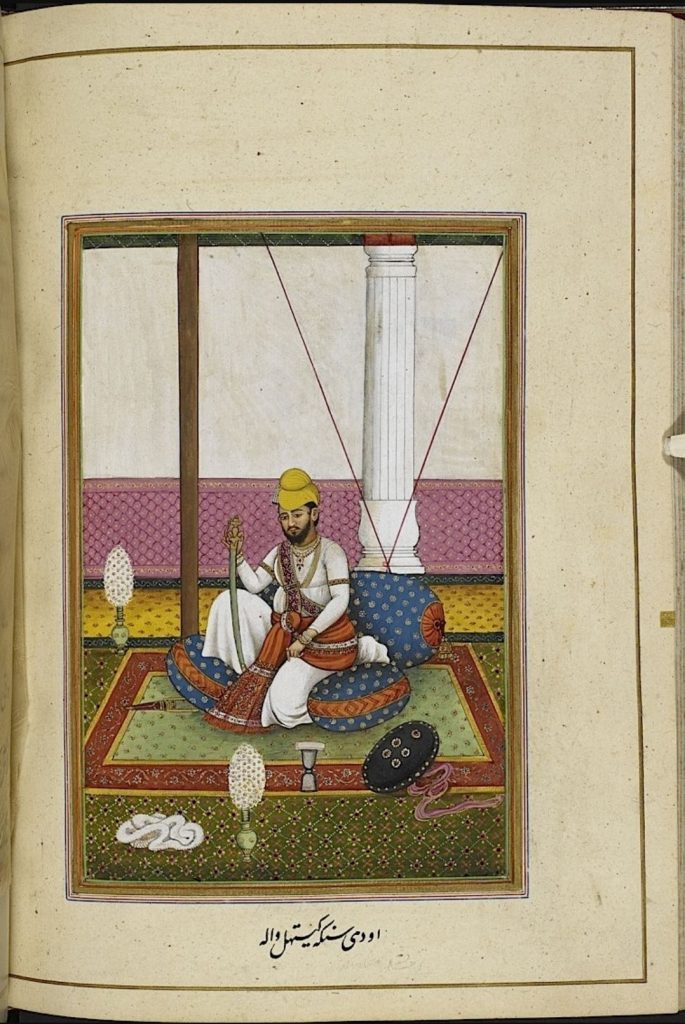Explore Akbarpur Khudal, a village in Punjab, where Guru Gobind Singh rescued a Sikh in 1706, with a historic gurdwara and captivating tales of justice.
Discover AJRANA KALAN, a spiritual site in Haryana honoring Guru Tegh Bahadur, featuring a historic Gurdwara. Learn about its ongoing preservation efforts.
Discover 'GARAB GANJANI TIKA', Bhai Santokh Singh's unique prose exegesis of Japu in the Nirmala tradition, showcasing Guru Nanak's teachings.
Discover Sahib Ganj, a historic town in Bihar, graced by Guru Tegh Bahadur, housing sacred Sikh relics at Old Nanak Shahi Sangat. Visit now to learn more!






